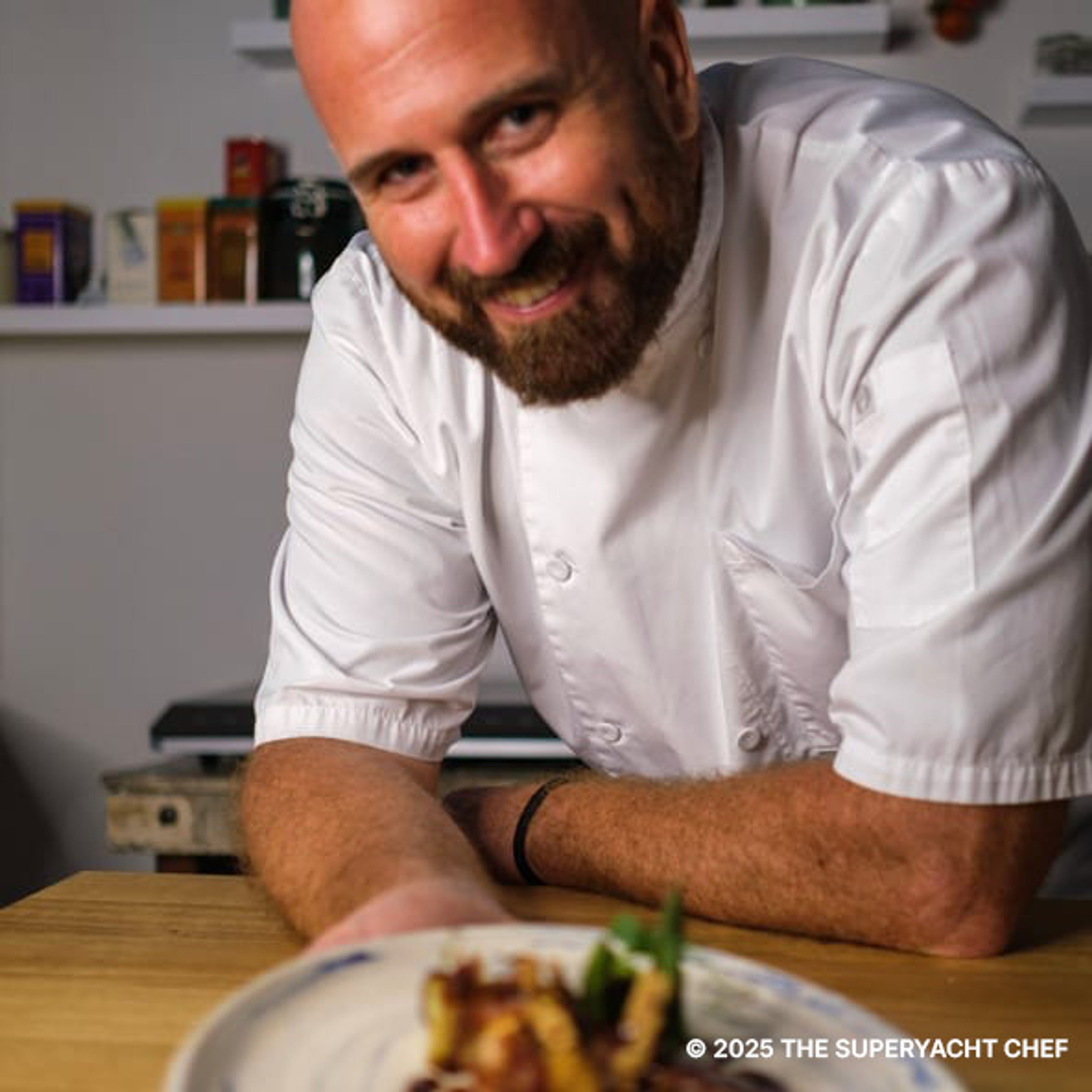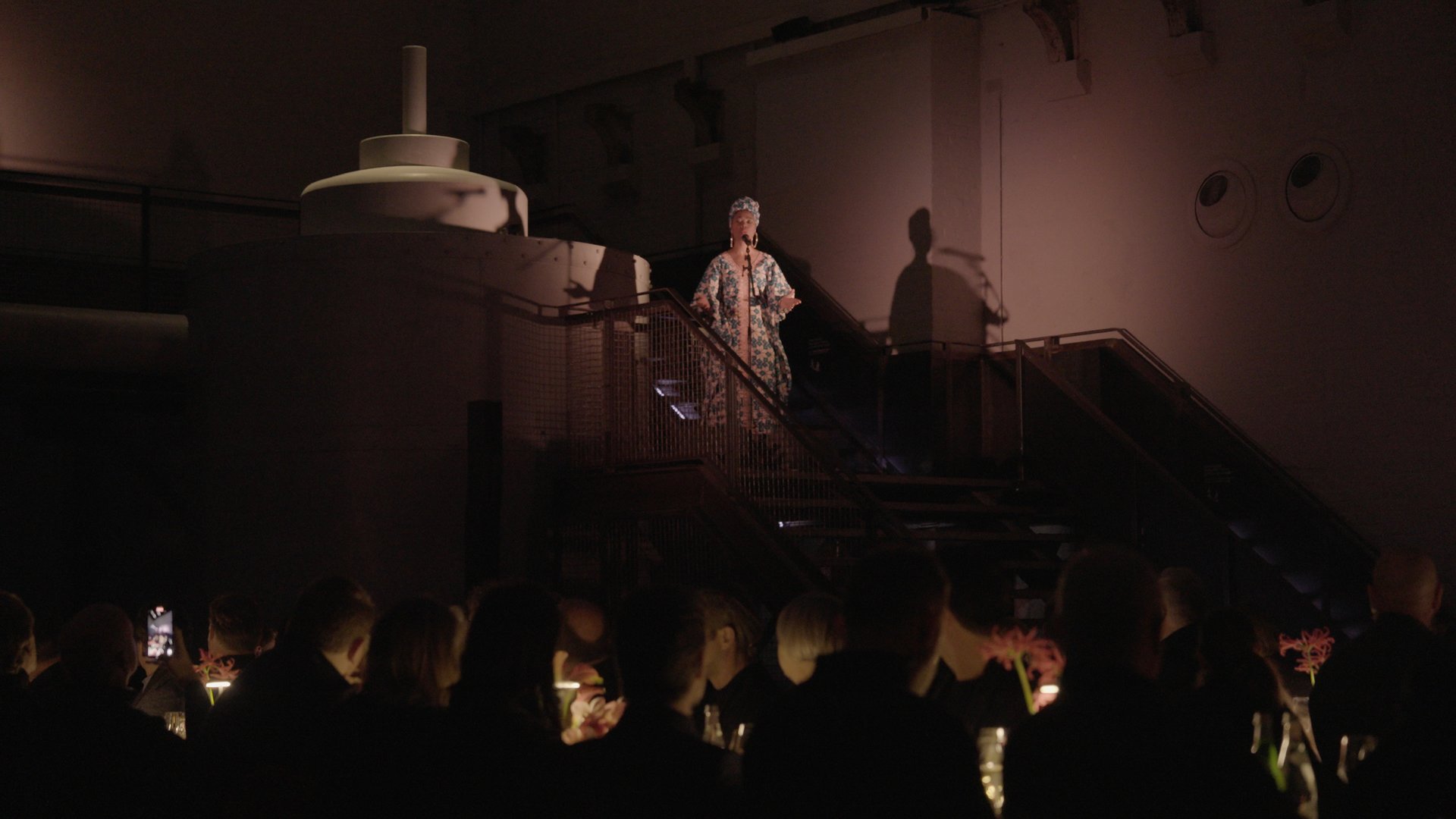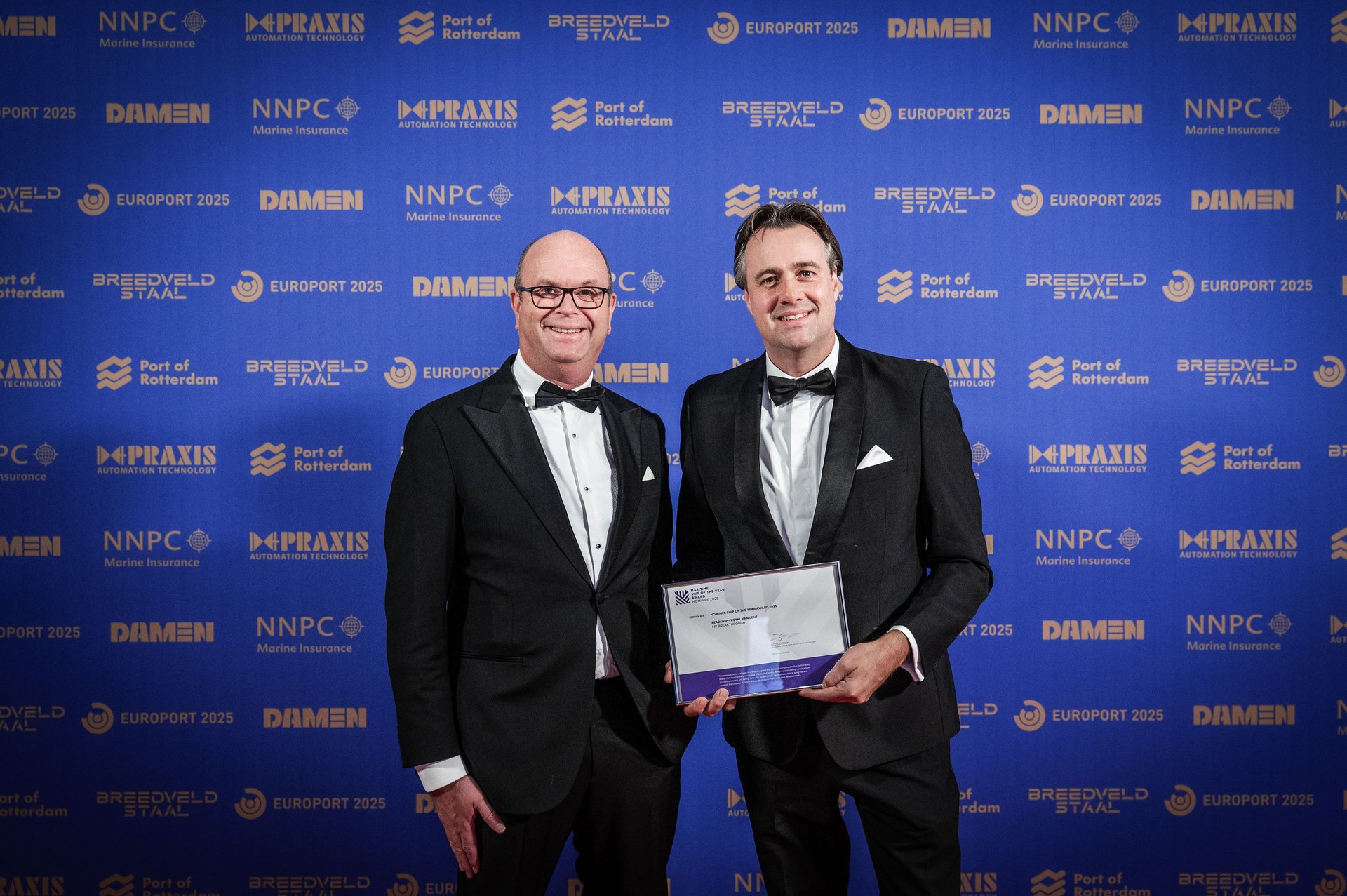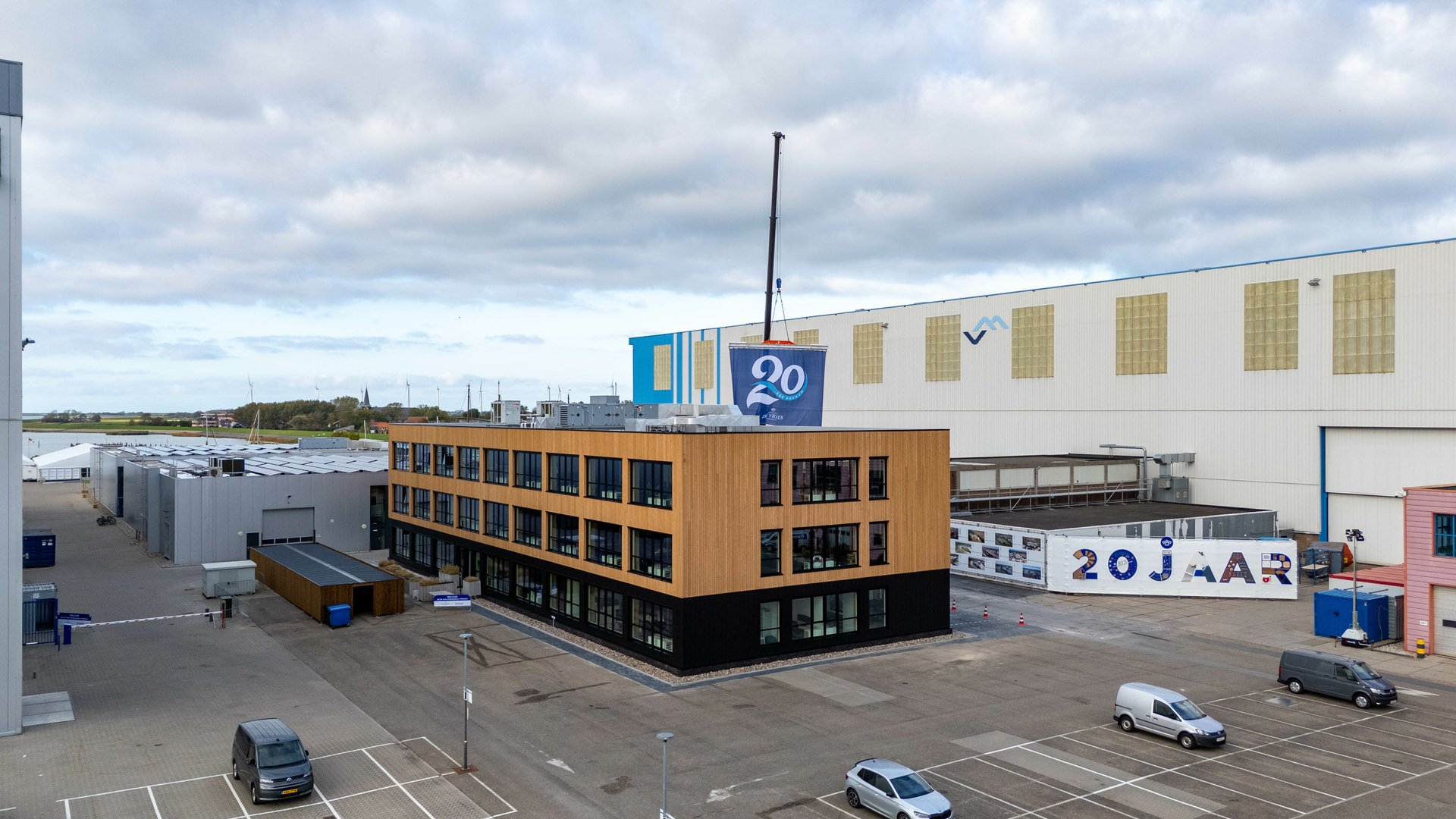Designing better galleys, one Feadship at a time
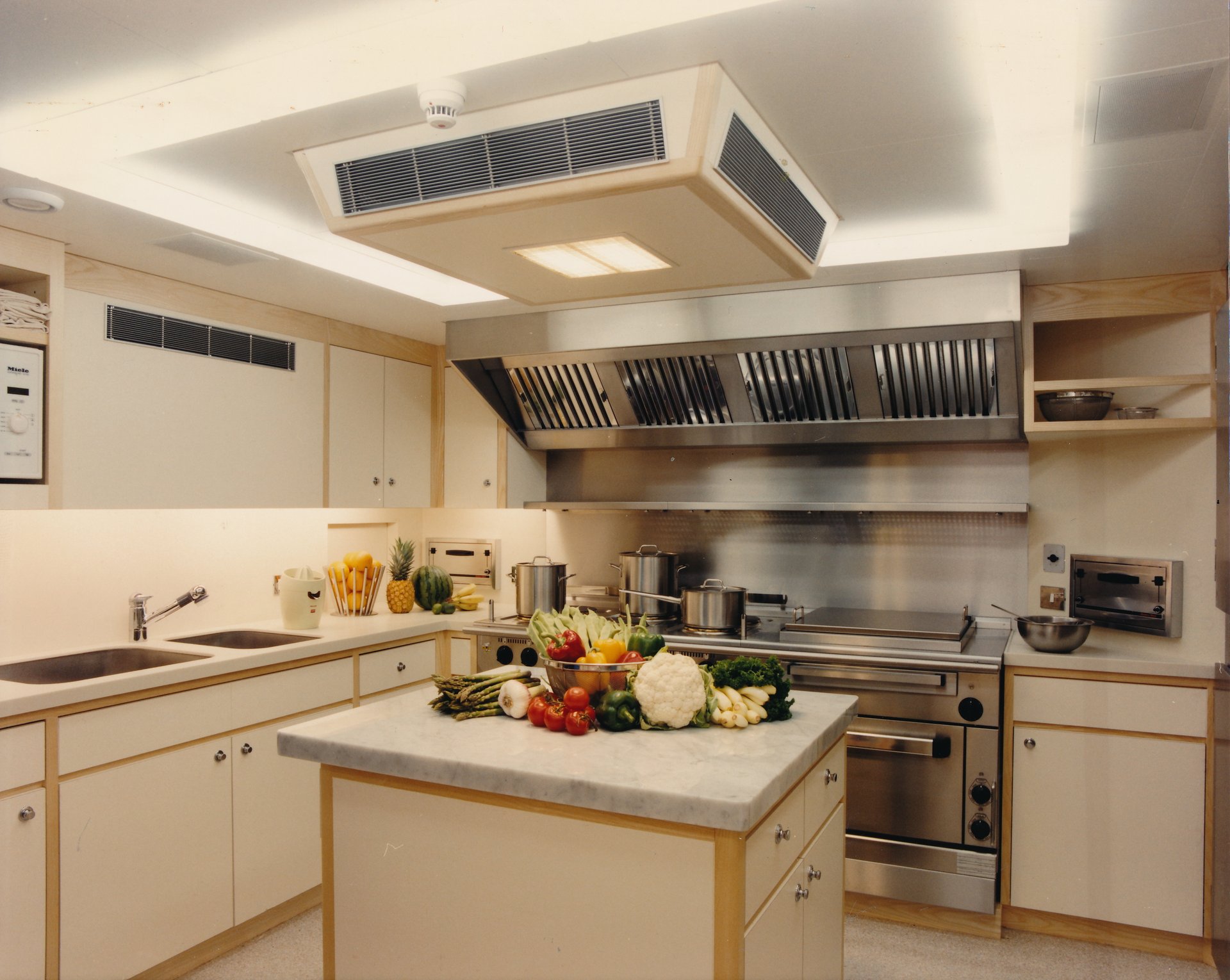

In the printed edition of PILOT, Chef Brennan joined the conversation on the evolution of superyacht galleys. Here, he expands on his mission to bring chefs into the design process and shares unfiltered opinions on what works, what doesn’t, and how smarter galleys can transform life on board.
Since leaning into galley design a few years back, Brennan Dates (aka Chef Brennan) has become somewhat of a ‘galley activist’ and unofficial spokesman for onboard chefs worldwide. A charismatic chef himself, his success can be attributed as much to the validity of his arguments as to his epic motorcycle trips and appearance on Gordon Ramsay’s Next Level Chef culinary competition. Oh, and then there are the Instagrammable one-liners, like:
“A galley designed without a yacht chef’s input is like building a Formula 1 car without consulting the driver.”
“You can’t expect Michelin star cuisine from a cook in a cave.”
“I’m saving the world, one galley at a time.”
On a rare day out of the galley and not on his bike, Chef Brennan spoke with PILOT to make a case for giving chefs a seat at the yacht design table.
“I’ve heard people say every chef wants a different galley, but that’s no more true than every captain wanting a different bridge,” he says. “We simply want to deliver an amazing dining experience, and to do that we need to be listened to.”
Chef Brennan’s call for better galley design is rooted in thirty years in fine dining, 22 of which spent aboard yachts, including Feadships like Battered Bull (52.12m/1995/now Maria) and Ecstasea (86.00m/2004). He knows his way around a galley as well as the best of them, but more importantly he knows the critical role chefs play onboard yachts.
“A chief officer pulled me aside and said – and I’ll never forget it – that I was in charge of morale. Guest morale, crew morale. Me, the chef. That’s a lot of weight to carry on your shoulders.”
Since making the switch from chef to galley designer, he has had to learn to walk the fine line between pointing out problems and offering solutions, all while adhering to confidentiality agreements and offending no one.
“Listen, we laugh it off but chefs are always in the red in hours of rest. With guests on board we easily put in eighteen hours a day. When the rest of the crew goes to bed, we are still in the galley. Even the slightest improvements positively influence our lives and, as a result, the guest experience.”
He is convinced involving chefs in the operational process would lead directly to improvements in efficiency and cleanliness. Better layouts, more professional equipment, the creative use of limited space, more floor drains, a better balance between cold and dry storage. “You know, everyone tries to calculate the ideal cold:dry storage ratio, but no one has cracked it yet. That’s because there is no ideal ratio; it’s a call only a chef can make.”
Chef Brennan reserves special disdain for galleys designed entirely out of stainless steel. “Stainless steel is extremely impractical to service. It scratches easy, it dents and smudges, it is difficult of to clean. It would be much better to simply wrap everything in clear foil, at the very least the countertops.”
Over the past few years Chef Brennan has backed up his passion with action by designing galleys for both sailing and motor yachts, including Feadship’s Obsidian (84.20m/2023). He has a readymade list of immediate improvements to any client who asks. For example, installing marine grade restaurant equipment instead of home appliances. “You’d be amazed how many yachts install home appliances. I mean, your average 75-metre yacht has twelve guests and a crew of 28, so that’s forty people per meal. Those are restaurant numbers, not domestic numbers” Or: ensuring the space has proper ventilation. “Ventilation is a sort of wizardry, a dark art that’s difficult to get right. I can’t wait until carbon and plasma filters make their way onto galleys.” Or: adhering to simple rules like cleaning fans twice a year. “Cleaning fans is a very dirty, thankless job, which explains why chief engineers never get around to it.”
“It’s the same to designing yachts,” he says. “The more dialled in you are to the owner’s specific food preferences and experiences, how they eat and plan to use their yacht, the closer you can get to galley perfection. It all starts by defining how the galley will be used ahead of time.”
Discover more on galley design and other in-depth stories in PILOT issue 28. Order your copy here: https://feadship-oceancollection.com/products/pilot-magazine-28
